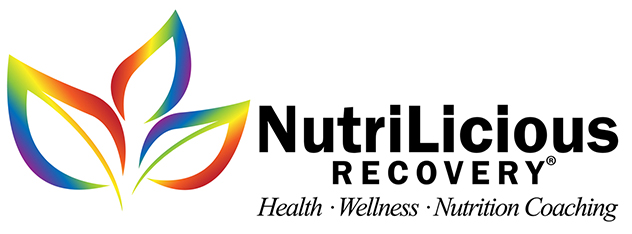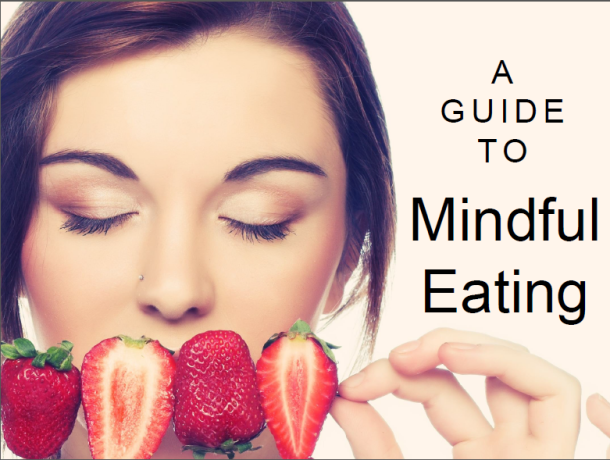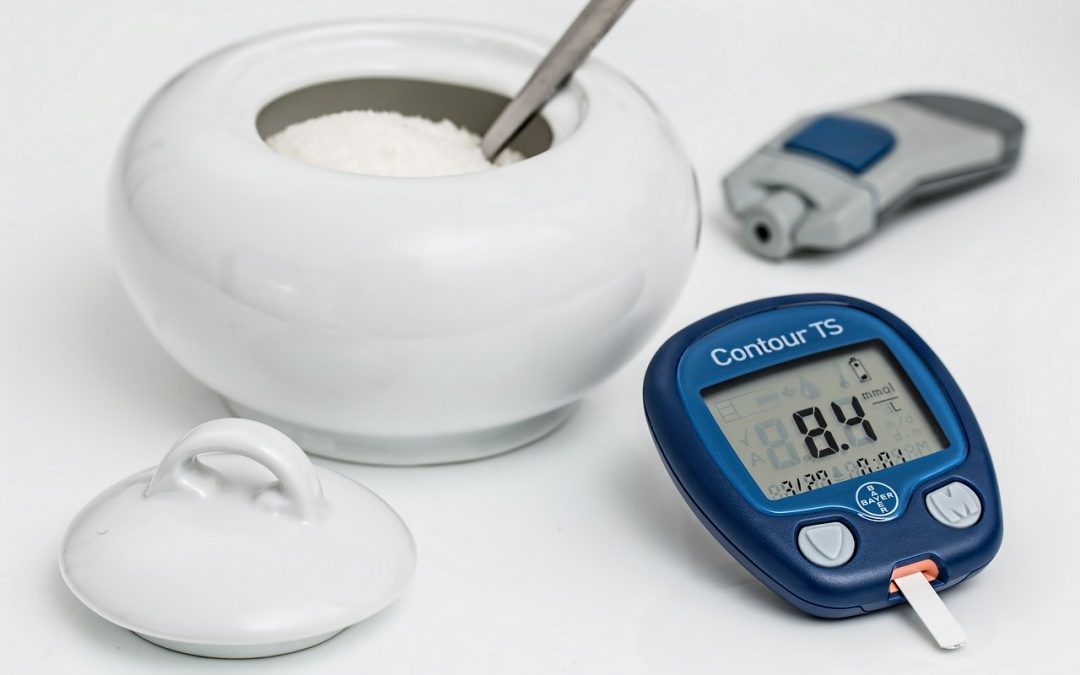
by dnshah | Mar 6, 2020 | Diet and Weight Loss, Health and Wellness Tips, Obesity, Stress Management
For those of us that want more control over our blood-sugar, did you know that our ability to handle sugar (“glucose tolerance”) goes down over the day? This means that the same amount of sugar eaten at 8am and eaten at 8pm causes a different fluctuation of blood sugar. The 8pm sugar dose may actually cause twice the response that the 8am dose does!
This can mean:
- A person who tests normal for diabetes in the morning, may not test normal mid-day. Something to consider if tested negative for diabetes but still have issues.
- Eating sugary foods at night creates a bigger sugar spike than if it had been eaten earlier in the day. So if you’re definitely going to eat sugar, have it early.
- Eating more food earlier in the day is actually better, since most carbohydrates convert to sugar. “Feast like a king in the morning and a pauper at evening”
- Breakfast skippers appear to be at a higher risk of developing type 2 diabetes, and have higher rates of heart disease/atherosclerosis in general. In a randomized test, breakfast skippers had about 10 point higher LDL (bad) cholesterol.
- Eating more calories earlier may have benefits! (better weight management, more weight loss, better blood-sugar control, and lower heart disease risks. On that note, it may be wiser to skip dinner than breakfast.
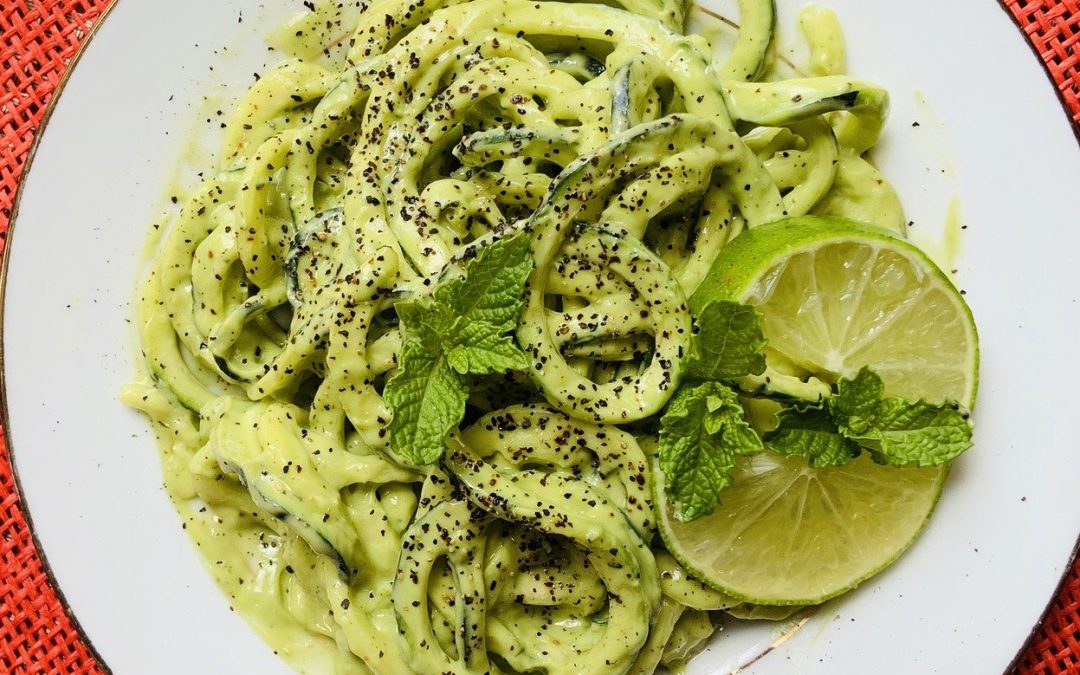
by dnshah | Dec 1, 2019 | Age Defying, Diet and Weight Loss, Health and Wellness Tips, Obesity
Carbohydrates have almost become a dirty word in today’s healthy minded dieters. But… carbohydrates are necessary to life and a key to health and wellness. So let’s let the truth about carbs come out of the closet.
First and foremost, carbohydrates exist in almost everything we eat (fruits, vegetables, grains, beans, etc.) Processed carbs are not as healthy as unprocessed ones. Some processed carbs have their fiber and nutrients stripped away. Stripped carbs (wheat, corn, rice) release sugar quickly and trigger blood sugar fluctuations. They also don’t sustain energy for the brain. On the other hand, intact carbs (fruits, vegetables, & other whole carbs) have fiber and slow digestion, creating a lasting energy source for the brain and body.
Filling the body with stripped carbs (white pasta, pastries, & breads) increases the risk of health issues like heart disease and diabetes. They are the “bad” carbs. But, there is another class of carbs that are the key to health. The intact carbs (have fiber) provide key nutrients in a slower digestible form and satisfy hunger. In fact, looking globally for the countries with the lowest diabetes, we see carbs front and center in those diets. So not all carbs are bad – but the stripped ones are.
Challenge yourself to avoid stripped carbs and embrace intact ones. In this way you can satisfy your cravings and hunger while loading up on maximum nutrition.
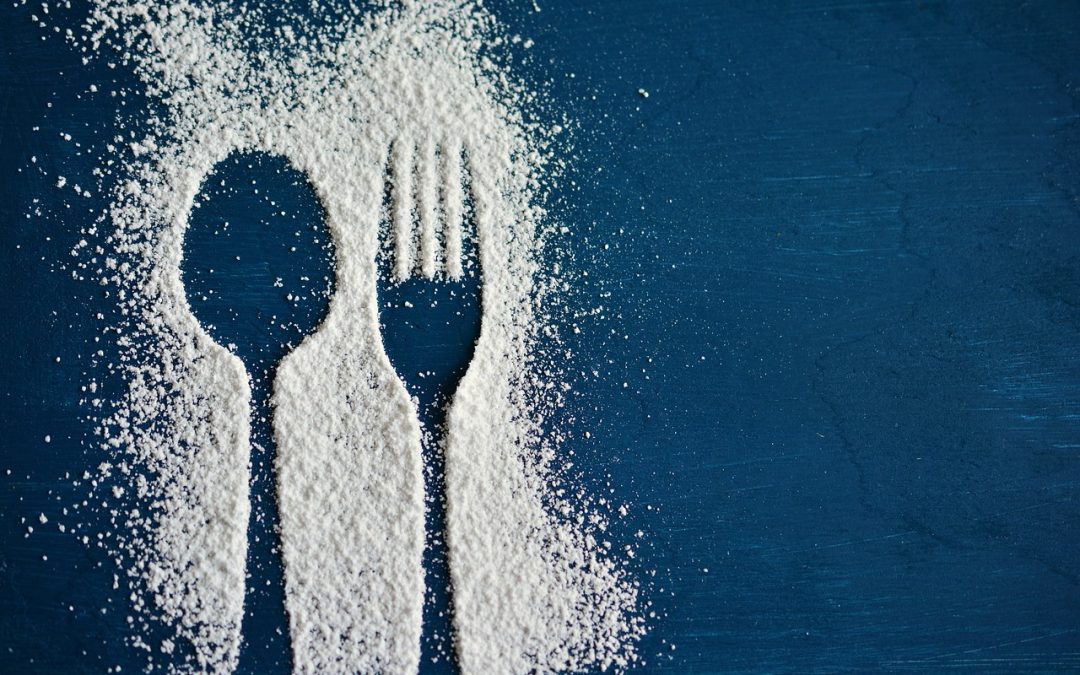
by dnshah | Jul 24, 2019 | Age Defying, Diet and Weight Loss, Health and Wellness Tips, Obesity
I am admitting it. I’m addicted to sugar. Many Americans agree with me. I always thought it was because there are so many delectable American desserts (compared to other cuisines). And considering that the Western American diet is highly processed and overly sweetened, it is no wonder. Even food advertisers captivate audiences with taste, taste, taste as though that is the ONLY criterion for consumption. Sugar has gone from a side role to the main focus of ALL foods. Americans consume far more sugar than is recommended for our health. But this is not just a problem in the US, as other societies also have the sugar blues. Last week my aunt from Mumbai was visiting and she checked her blood sugar daily while consuming the meals I prepared for her. For the first time I was able to see the impacts of the meals I was making for her.
It empowered me to challenge my meals in such a way to lower her blood sugar. But in doing so, I saw what can only be described as “withdrawal” symptoms. This made me look at sugar as though it was a drug – complete with addiction and withdrawal issues. So now I ask the question, “Are we all addicted?”
“More, please!”
In order for a substance to be addictive, there should be an effect on the brain which stimulates the release of dopamine. Dopamine of one type of neurotransmitter that gives us a heightened sense of pleasure. Sugar does this… and it feels so good that over time we want more to get the same “high” (buzz/pleasure).
In nutrition school I learned that humans are programmed to love sweetness. Appreciation of the sweet taste of berries/fruits picked off trees was a survival sense to avoid starvation. That same survival sense has evolved today, and now it is expected to have that pleasant aroma and taste at practically every meal, every snack, and every beverage.
Psychological Behavior Change
If the consumption of a substance can initiate a behavior change, it may be considered as addictive. In animal studies, sugar consumption is shown to have drug-like effects as it is associated with sugar-related binges, cravings, tolerance, and withdrawal. There was even one rat study that showed Oreo cookies causing more neural activity than cocaine.
Acceptance
My clients with sugar-related health goals have made overcoming the cravings a primary focus. But how does one do this? The only way is the cut out all sugar, and neutralize the palate. Yes, this means withdrawal. The challenge is often met with scurrying in the kitchen in search of something sweet. I saw this with my aunt’s withdrawal this past week, and as hard as it was to watch – I remained patient and gave her daily goals to work toward. We were duly rewarded with a lowering of her blood sugar levels. But, this is not a 1-day fix, but a lifestyle change to stop the cravings AND keep them away.
Actions
I will not say these are easy actions to take; but if you challenge yourself with them, rewards will follow. They all deal with labels.
- Don’t flock to “diet” labelled foods. Dietary foods are marketing a lower fat or calorie content, but in order to achieve this, they use other flavors/ingredients (usually sugars) to compensate. (think yogurts).
- Check for sugar in the ingredients list and ensure it is not in the first 5 ingredients. If it is (as in sweet yogurt), stop buying/eating these items. Replace them with wholesome ingredients without the sugars.
- Become knowledgeable about the different names for sugar: cane sugar, cane juice, cane juice solids, cane juice crystals, dextrin, maltodextrin, dextran, barley malt, beet sugar, corn syrup, caramel, carob syrup, brown sugar, date sugar, malt sugar, diatastic malt, fruit juice, fruit juice crystals, golden syrup, turbinado, sorghum syrup, refiner’s syrup, ethyl maltol, maple syrup, yellow sugar, high fructose corn syrup (HFCS), and many more.
- Understand the difference between Natural and Added- sugars.
- Natural sugars from fruits, veggies are usually not an issue because of the FIBER they are contained in. The fiber slows the absorption of the sugars. In the case of 100% fruit juice, if the fibers are removed then the end product becomes refined and harmful to sugar addicts.
- Natural sugars from dairy contain lactose – a milk sugar. While this is not an added sugar, be aware that it can increase blood sugar and should be used sparingly. Yogurts that also add sweeteners should be avoided as this will combine lactose and more concentrated sugars.
- Natural sugars from honey and syrups will increase blood-sugar concentrations, AND keep the palette wanting more sugar later in the day. It doesn’t help to add “a little bit” of these to the diet if one is trying to stop the cravings.
- Words ending in –ose and –ol are sugar alcohols and should be avoided for those trying to stop sugar cravings.
I empower you to challenge yourself to a clean eating week without refined sugars. Even if you don’t have lofty health goals, and don’t for see a problem with your sugar consumption, consider just a week of some healthy meals to neutralize your palette and see if you show any signs of withdrawal. Sign up for the next clean eating challenge here.
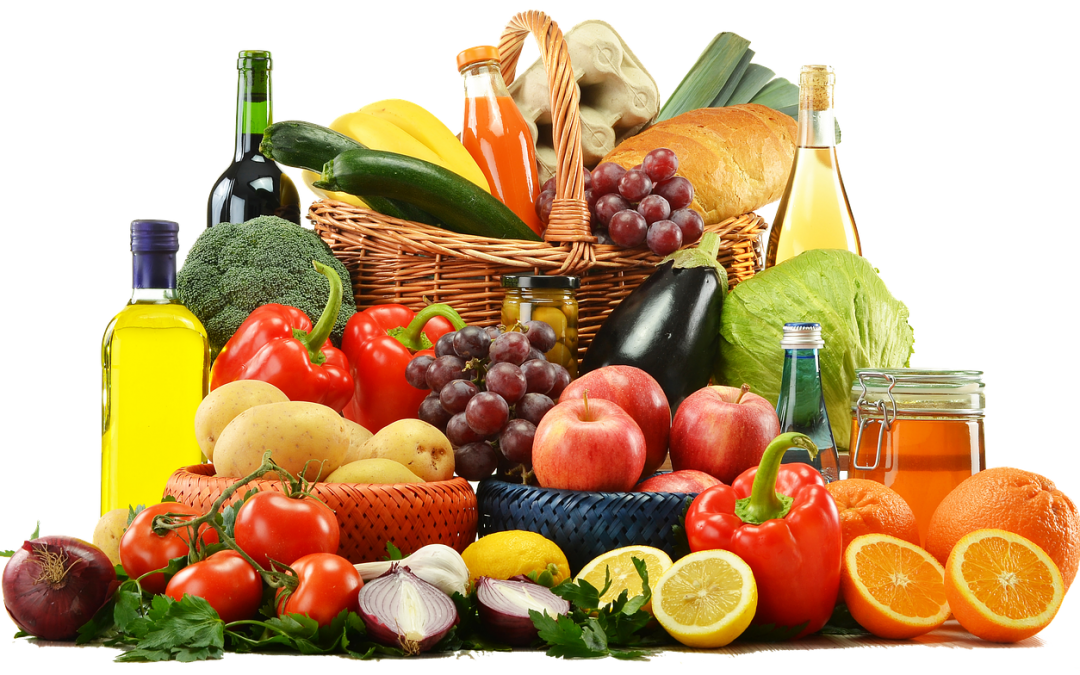
by dnshah | Apr 28, 2019 | Age Defying, Diet and Weight Loss, Health and Wellness Tips, Obesity, Stress Management
For the last 15 years, research shows that diet and lifestyle changes can reduce the risk of type 2 diabetes (T2D) in general. But the latest information shows that race impacts this risk, for example Native Americans are at higher than average risk of T2D. For the last 10 years, eight pueblos of New Mexico and the Navajo Nation have been trialing dietary changes to prevent and reverse diabetes, namely going plant-based…. and they’ve been successful. Thanks to many experts from the Navajo Nation, the Physician’s Committee for Responsible Medicine, and the director of diabetes education, a four-week plant-based eating challenge was conducted citing these significant benefits.
Now they are expanding with more plant-based cooking classes, plant-based “chef’s special” meal options in their cafeterias, professional development seminars for hospital chefs, and presentations with additional materials. Whether you are at a higher risk for T2D or not, you too can be empowered with strategies to improve your health. Contact us for your first complimentary consultation.
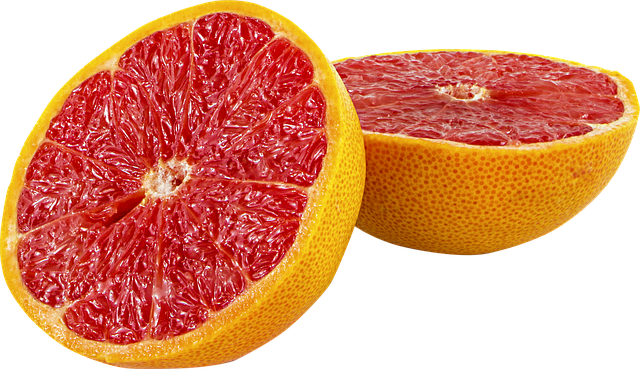
by dnshah | Jan 28, 2019 | Age Defying, Diet and Weight Loss, Health and Wellness Tips, Obesity, Stress Management
Red grapefruit is Texas’ state fruit, and celebrated in season each year (November – May). If you’ve never had Texas grapefruit, don’t miss out; and by the way, February is National Grapefruit Month, so toss them into your favorite citrus salad, bowl, or entrée.
Grapefruits are grown all over the world and come in a variety of colors. The US is a leading producer (along with China and Mexico), and Texas is a major commercial exporter of this fruit.
They are an excellent source of vitamins A & C, fiber, and also contain potassium, calcium, and an array of phytochemicals. This means it is an excellent food to boost immunity. And you know my philosophy: when you can boost your immune system, it can protect you from other evils! Eating this gem on a regular basis can ultimately help to lower risks of obesity, diabetes, heart disease (cholesterol & blood pressure), IBS, osteoporosis, and some cancers (namely colon, esophageal, & oral). Note that some of these studies were animal-based and not human; but I am presenting grapefruit as a super fruit based on the collection of all of these benefits seen in research.
NOTE: If you are on prescription medication, grapefruit can react with certain medications and enzymes affecting the quantity of medication absorption and efficacy. Please check with your doctor before mixing grapefruit and medications.

by dnshah | Jan 1, 2019 | Age Defying, Health and Wellness Tips, Obesity, Stress Management
According to research, using an infrared sauna 4-6 times per week is associated with an improved immune system, with benefits to the heart, brain, and joints. An infrared sauna is a hot room that uses an infrared light to heat. Similar benefits can be achieved through a steam room, where the idea is to get your sweat on!
Some of the benefits I’ve observed include:
• Skin clearing. The steam helps clear skin impurities
• Opening of sinuses. Opens up and thins mucus membranes in the body, which can enable free breathing.
• Circulation boosting. The heat promotes circulation which also makes your skin glow.
• Tension/ stress Relief. The heat relaxes the muscles, and soothes the mind with endorphin release. The end result mimics a post-workout relaxation which is a sense of readiness to tackle the world!
• Pain relief. The study discussed the benefits to relieving pain from joints – which is so good for those with arthritis, but also it helps people with headaches.
• Detox boost. Detoxification is defined as eliminating toxins stored in the body. Everyone is unique in the varying methods that work best (a short –term liquid diet, anti-inflammatory elimination diet, or even… regular steaming). Our bodies are always detoxifying on their own to each of our maximum capabilities, but we all have a different amount of toxin exposure from the air (think smoke and pollutants), water (think contaminants and microbes), and food (think GMO changes and pesticides). And we all have differing detox capabilities. Some of us can detox much faster, and others need more time. The truth is detoxifying is such a bio-individual process, and over time our changing world brings more toxin challenges (think changes from agriculture, beef, and dairy industries). While we hope our bodies can handle it all without additional measures, it would be foolish to think that our bodies will never be overwhelmed. Some of us could use a little additional support. So using a Jacuzzi, steam room, or sauna could help us boost our body’s ability to detoxify.
• Flexibility improvement. Heat penetration makes muscles more fluid and loose.
Remember to consult with your doctor before starting ANY new exercise or sauna habit. You’re your doctor’s approval, start out slowly – just a few minutes at a time; and then gradually increase. Saunas are found in spas and many gyms throughout the country. Enjoy getting your sweat on!
The evidence on regular use (4-7 times/week for 5-20 minutes) in hot saunas ((175-210°F) suggested some reduction in the overall risk to vascular diseases (think high blood pressure, cardiovascular disease, and neurocognitive diseases); non-vascular diseases (think pulmonary diseases); mortality; and other miscellaneous conditions (think arthritis, headaches, or flu). So lately I find myself telling my clients to make time to sweat – even if they don’t have time for regular gym activity.

